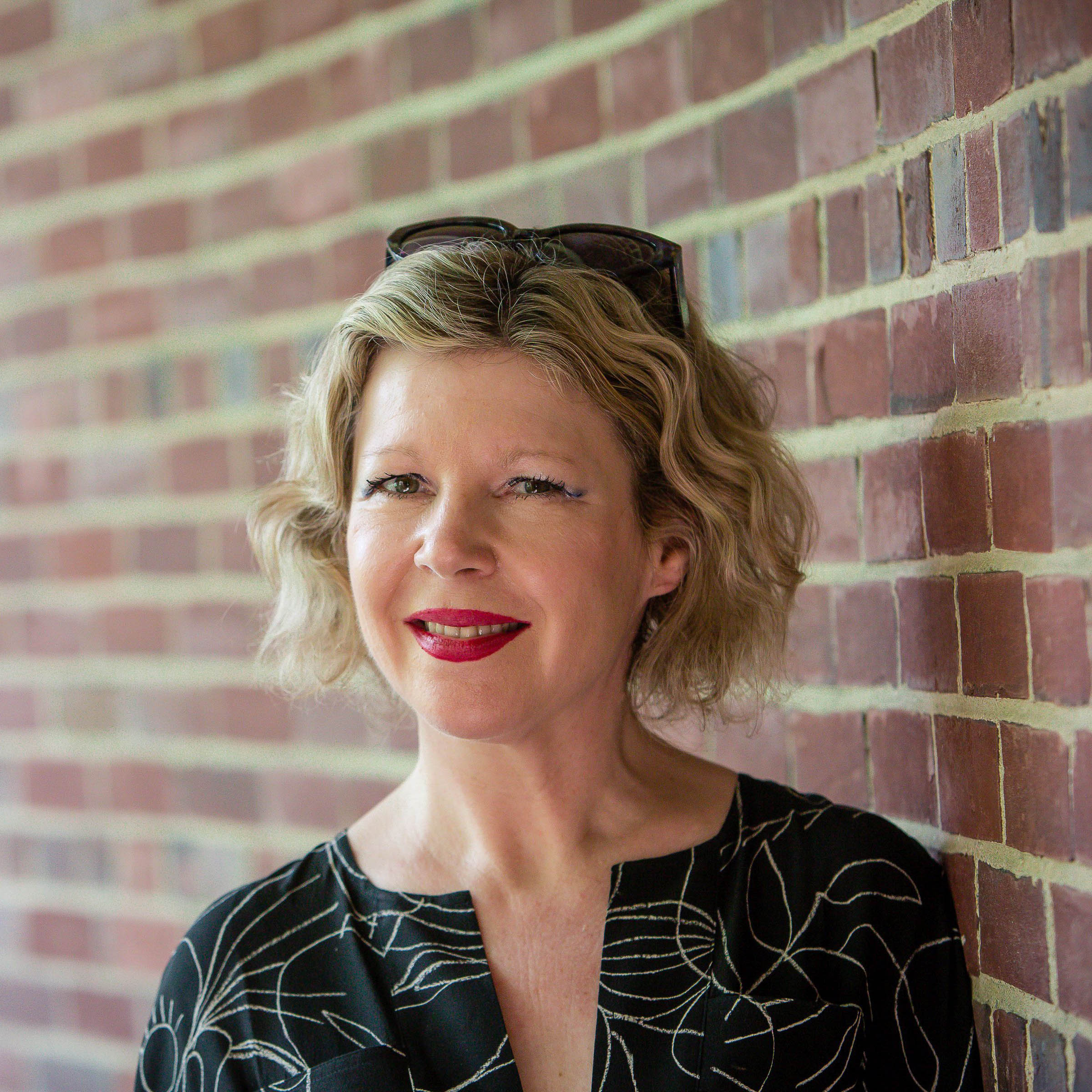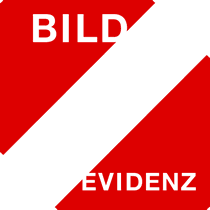 |
Barbara BaertProfessor of Art History at the KU Leuven, Belgium |
Aufenthalt
Mai 2020
Forschungsprojekt
Publius Ovid’s (43 BC-17/18 AD) describes in his Metamorphoses Niobe’s transformation into a weeping rock. Niobe’s transformation incorporates the form and matter of the medium of sculpture. According to the humanist paragone debate, painting and sculpture struggle to be the medium with the highest qualities of virtuosity. Aby Warburg (1866-1929) refers to the Niobe motif’s Nachleben in his Tafel 5: Beraubte Mutter. (Niobe, Flucht und Schrecken). This displays the images of both the bereaved mother (Niobe) and the murderous mother (Medea). The montage also introduces the theme of the descent to the underworld. It becomes clear how the cluster of motifs around the figure of Niobe – hybris, lamentatio and the chthonic substrate – functions as a direct entry to a bipolar hermeneutics of the visual medium: the ‘historical psychology of human expression’ that navigates between Apollo and Dionysus. The “weeping rock” that according to legend still stands on Mount Sipylus in Turkey, draws upon deeper anthropological patterns. Petrification indicates inertia, frigidity and a Medusan psychosis of fear. In nature, stones and rocks have a “slumbering insistence” that can be captivating. Stones are after all visible but impenetrable, they index an irrevocable absence in their presence, and ‘have abode’ in an otherworldly region of utter blindness and silence. From a psychoanalytical perspective, Niobe’s petrifaction symbolises the straitening of her life and the loss of anima within a culture divorced from authentic feeling, nature, and instinct. Here Niobe meets Echo.
Forschungsschwerpunkte
-
Material culture in the Middle Ages and Early Modernity
-
‘Anthropologie Visuelle’
-
Aby Warburg
-
Iconology of the senses
-
Nachleben-studies (mostly Ovid)
-
Iconogenesis
Publikationen
Barbara Baert, In Response to Echo. Beyond Mimesis or Dissolution as Scopic Regime (with Special Attention to Camouflage), (Studies in Iconology, 6), Leuven-Walpole, 2016.
Barbara Baert, Aby Warburgs Nymphen und Schmetterlinge als Affekte, in Ars – Visus – Affectus. Visuelle Kulturen des Affektiven in der Frühen Neuzeit, eds. Anna Pawlak, Lars Zieke & Isabella Augart, Berlin-Boston, 2016, p. 18-37.
Barbara Baert, Die spätmittelalterlichen eingefassten Gärten in den Niederlanden, in Zeitschrift für Medien- und Kulturforschung, 7, 1, 2016, p. 27-44.
Barbara Baert, About Stains or the Image as Residue, (Studies in Iconology, 10), Leuven-Walpole, 2017.
Barbara Baert & Sophia Rochmes (eds.), Decapitation and Sacrifice. St. John’s Head in interdisciplinary perspectives: Text, Object, Medium, (Art&Religion, 6), Leuven-Walpole, 2017.
Barbara Baert, Kairos. Nachleben, Ikonographie und Hermeneutik, in Das Münster, 2, 2017, p. 136-150.
Barbara Baert, Aby Warburgs (1866-1929) „Nymphe“. Ein Forschungsbericht zu Motiv, Phantom und Paradigma, in Imago. Interdisziplinäres Jahrbuch für Psychoanalyse und Ästhetik, 4, 2017, p. 39-62.
Barbara Baert, En retour d’Echo. La dissolution comme régime scopique, in Usages de la figure. Régimes de figuration, eds. Laura Marin & Anca Diaconu, (Texte & Imagine), Bucharest, 2017, p. 203-216.
Barbara Baert, Fragments, (Studies in Iconology, 14), Leuven-Walpole, 2018 (Fragments consists of 400 pages, 110 lemmata, 111 color images, and indices nominum & subjects).
Barbara Baert, Interruptions & Transitions. Essays on the Senses in Medieval and early Modern Visual Culture, (Art and Material Culture in Medieval and Renaissance Europe, 14), Brill, 2018.
Barbara Baert, He or she who glimpses, desires, is wounded. A dialogue in the interspace between Aby Warburg and Georges Didi-Huberman, in “Angelaki. Journal of the theoretical humanities”, 23, 4, 2018, p. 47-79.
Barbara Baert, About Sieves and Sieving. Motif, Symbol, Technique, Paradigm, De Gruyter, 2019.
Barbara Baert, What about Enthousiasm? A Rehabilitation. Pentecost, Pygmalion, Pathosformel, (Studies in Iconology, 13), Leuven-Walpole, 2019.
Barbara Baert,The Weeping Rock. Revisiting Niobe through Paragone, Pathosformel and Petrification, in Rivista di Engramma. La tradizione classica nella memoria occidentale, 168, 2019: http://www.engramma.it/eOS/index.php?id_articolo=3658
KontaktBarbara BaertKolleg-Forschergruppe BildEvidenz Animallee 10 Zimmer |


